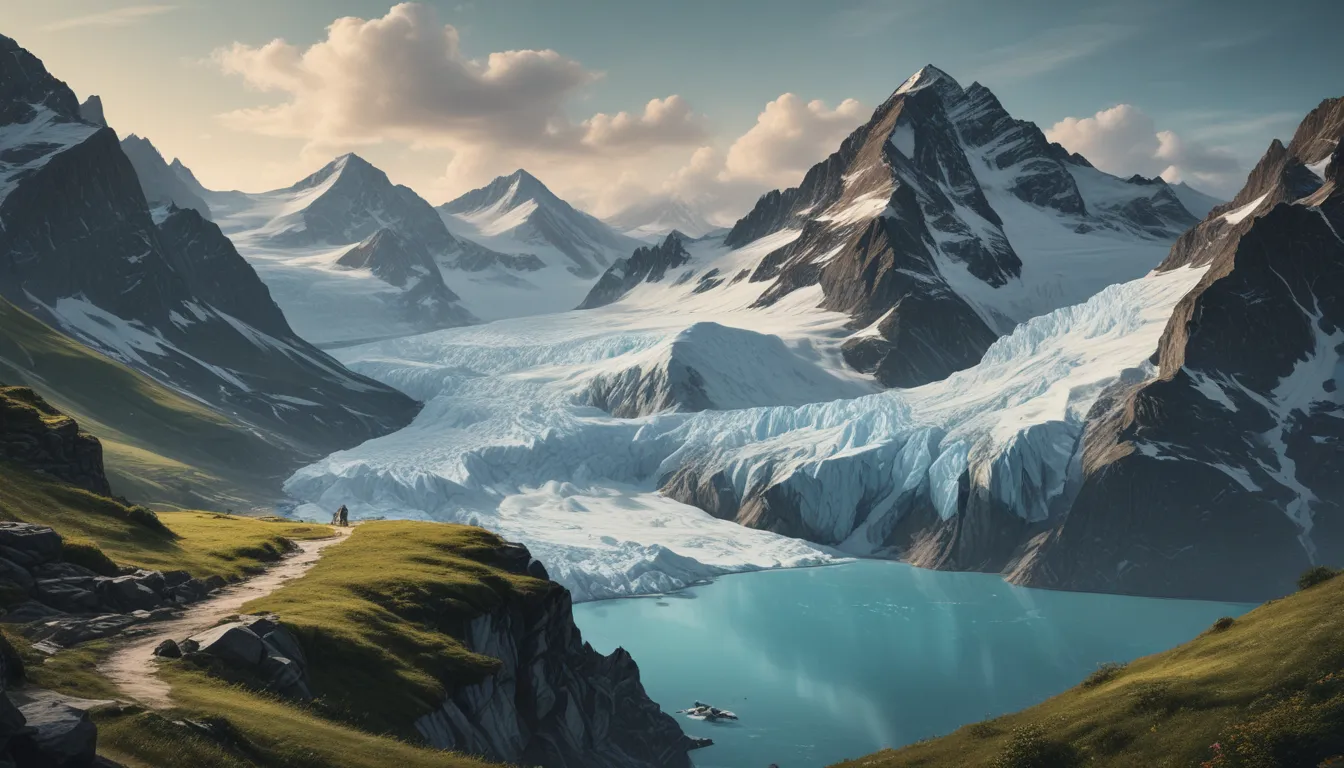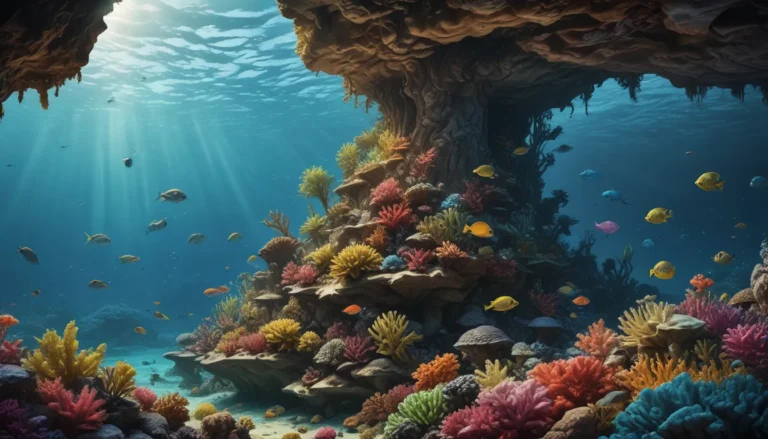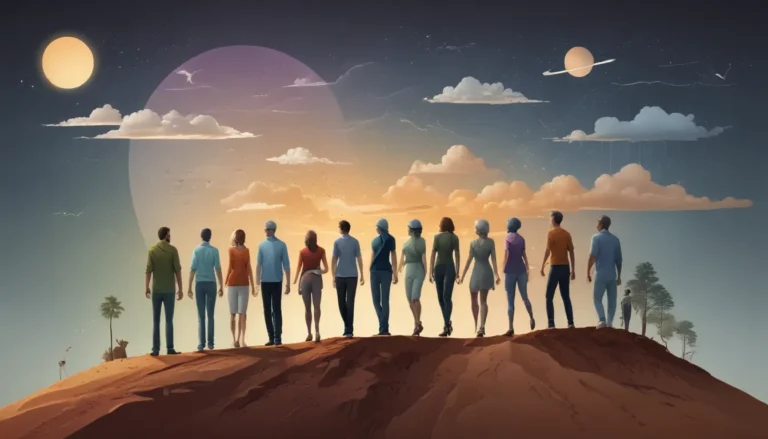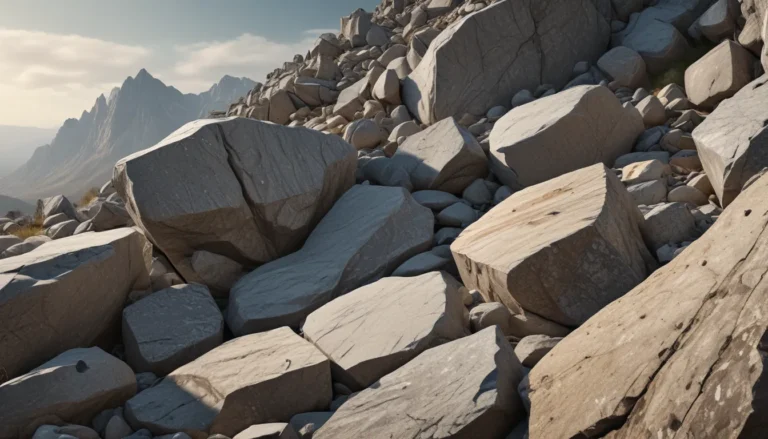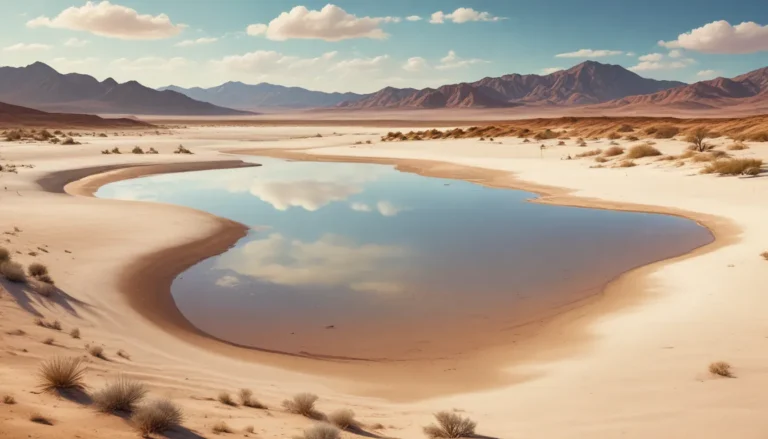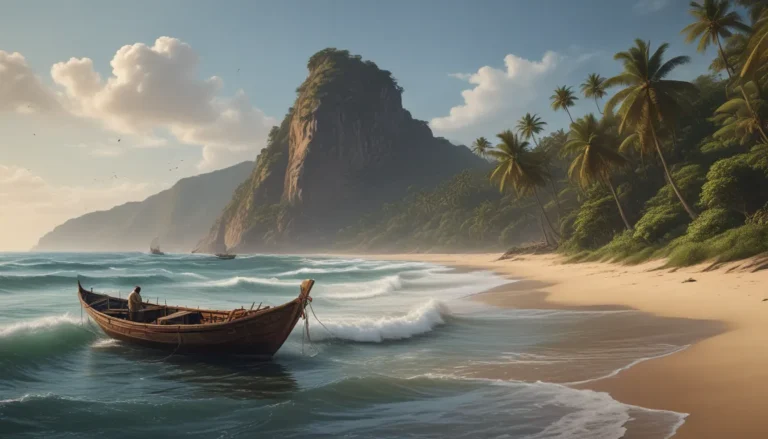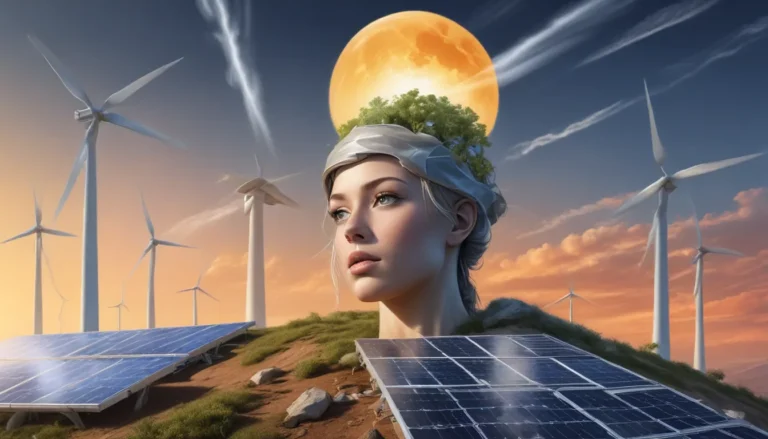A Note About Images: The images used in our articles are for illustration purposes only and may not exactly match the content. They are meant to engage readers, but the text should be relied upon for accurate information.
If you are captivated by the beauty of nature and intrigued by the secrets of our planet, then mountain glaciers are sure to pique your interest. These icy behemoths not only offer stunning scenic vistas but also hold a treasure trove of fascinating facts waiting to be uncovered. From their formation to their impact on the environment, mountain glaciers are a topic ripe for exploration and discovery.
Unlocking the Mysteries of Mountain Glaciers
In this article, we will embark on a journey to unravel 8 mesmerizing facts about mountain glaciers that will leave you in awe. Whether you are an outdoor enthusiast, a nature lover, or simply curious about the world around us, these insights into the icy realms of mountain glaciers promise to captivate your imagination and deepen your appreciation for their breathtaking beauty.
The Miracle of Formation: How Mountain Glaciers Come to Be
Mountain glaciers are born from the accumulation of snow and ice in the lofty heights of mountain ranges. Over time, the weight of the snow compresses and transforms into ice, giving rise to the majestic glaciers that carve and shape the landscapes of the mountains with their graceful movements.
The Dance of Glacier Movement
While mountain glaciers may seem inert to the casual observer, they are in fact in constant motion, albeit at a glacial pace. The force of gravity propels the ice downward along the mountain slopes, gradually shaping valleys, ridges, and other distinctive glacial features that leave a lasting impression on the land.
The Lifeline of Freshwater: Why Mountain Glaciers Matter
Mountain glaciers serve as crucial sources of freshwater, feeding rivers and streams that sustain ecosystems and provide water for agriculture, drinking, and hydroelectric power to millions of people worldwide. Acting as natural reservoirs, these glaciers store water during snowfall and release it steadily during dry periods, ensuring a reliable water supply.
Melting Away: The Impact of Climate Change on Mountain Glaciers
One of the most pressing threats to mountain glaciers is the specter of climate change. Rising global temperatures accelerate the melting of glaciers, causing them to diminish in size. As the rate of melting outpaces the accumulation of new ice and snow, the future availability of freshwater resources hangs in the balance, while sea levels rise in response to the loss of glacial mass.
A Precious Habitat: The Unique Ecosystems of Mountain Glaciers
The icy realms of mountain glaciers harbor diverse ecosystems that support a range of plant and animal species specially adapted to thrive in these challenging environments. From resilient snow algae and mosses to elusive snow leopards and mountain goats, these glaciers provide a sanctuary for a variety of wildlife, creating a tapestry of life against a backdrop of ice and snow.
The Retreat of Glaciers: A Harbinger of Change
In recent times, many mountain glaciers have undergone rapid retreat, a visible testament to the shifting climate of our planet. The shrinking sizes of glaciers and the disappearance of smaller ones are stark reminders of the ongoing transformations in Earth’s climate, highlighting the urgent need for action to mitigate the impacts of climate change.
The Enchanting Blue Ice: A Visual Delight of Mountain Glaciers
One of the most captivating features of mountain glaciers is the mesmerizing blue ice that graces their surfaces. The unique coloration of the ice, resulting from its density and light interaction, creates a visual spectacle that enchants adventurers and photographers alike, drawing visitors from far and wide to witness this natural wonder.
Glacier National Park: A Tribute to Mountain Glaciers
Nestled in Montana, USA, Glacier National Park stands as a testament to the majesty of mountain glaciers. With its towering peaks, pristine alpine ecosystems, and a collection of named glaciers, the park showcases the beauty and significance of these icy giants, reminding us of their invaluable role in shaping landscapes and enriching our natural heritage.
Embracing the Wonder of Mountain Glaciers
In conclusion, mountain glaciers are not merely frozen behemoths but living, breathing wonders of our planet. Their importance as sources of freshwater, their role in shaping landscapes, and their resilience in the face of changing climates all contribute to their enduring appeal and significance. As stewards of the Earth, it is our responsibility to cherish and protect these magnificent ice formations, ensuring their preservation for future generations to marvel at and appreciate.
FAQs: Your Burning Questions Answered
- What are mountain glaciers?
-
Mountain glaciers are massive bodies of ice that form in high-altitude regions, primarily on mountainsides and in valleys.
-
How do mountain glaciers form?
-
Mountain glaciers form through the gradual accumulation of snow over time, which compresses into ice under the weight of new snow layers.
-
What is the significance of mountain glaciers?
-
Mountain glaciers are vital sources of freshwater, supporting ecosystems and providing water for various human needs such as drinking, agriculture, and hydroelectric power.
-
How are mountain glaciers affected by climate change?
-
Climate change accelerates the melting of mountain glaciers, leading to their shrinkage and posing risks to freshwater resources and sea levels.
-
Can mountain glaciers disappear entirely?
-
Yes, if the rate of melting exceeds the rate of accumulation, mountain glaciers can vanish completely, as evidenced by the loss of several glaciers worldwide.
-
Are mountain glaciers only found in cold regions?
-
While mountain glaciers are more common in high-altitude areas with cooler temperatures, they can exist in both polar and non-polar regions.
-
Do mountain glaciers have cultural significance?
-
Mountain glaciers hold cultural importance for many communities, serving as symbols of spirituality and inspiration for art, literature, and folklore.
-
How can we help preserve mountain glaciers?
- By reducing carbon emissions, supporting renewable energy, and advocating for climate change mitigation measures, we can contribute to the preservation of mountain glaciers and their fragile ecosystems.
As we navigate the complexities of climate change and its impact on our planet, let us stand in awe of the beauty and resilience of mountain glaciers. By adopting sustainable practices and promoting environmental stewardship, we can ensure that these icy marvels continue to grace our landscapes and inspire generations to come. Let’s embrace the wonder of mountain glaciers and embark on a journey of discovery and conservation together.
We hope you found this article on mountain glaciers enlightening and engaging. If you have any additional questions or insights to share, feel free to reach out to us. Your feedback and contributions help us deliver high-quality content that informs and inspires readers around the world. Thank you for joining us on this journey of exploration and discovery.
